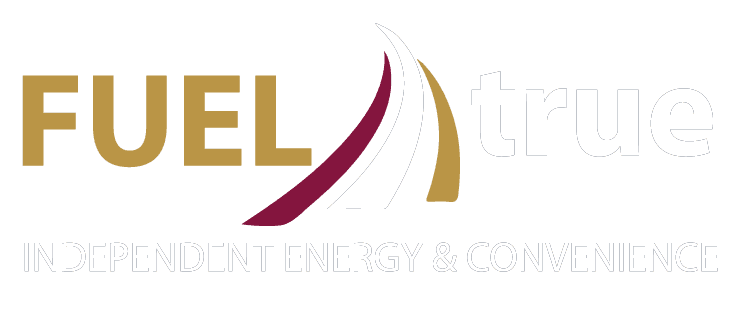DON´T WORRY, WE ARE HERE TO HELP YOU
Employers are now starting to come to the realization that it is not a matter of “if” but “when” they will be notified by one of their employees that he/she has tested positive for the Coronavirus. That begs the question – what should you, the employer, do in response?
While we are not health care professionals and cannot give medical advice, recent literature and media reports have suggested there is a “14 day incubation period” for the virus, which is why individuals who are feeling sick and/or test positive are being asked to self-quarantine for a minimum of 14 days. But the total relevant time frame is arguably 28 days (or more) because it is reported that it is possible for individuals to be contagious—even though they are not exhibiting any symptoms.
Thus, on the one hand, there is a relevant 14-day window (or more) for the infected employee to self-quarantine, which helps ensure they are no longer contagious or infected. On the other hand, there is a relevant 14-day window (or more) prior to the employee testing positive. The latter becomes relevant for purposes of mitigating the risk that the virus will spread to other employees in the workplace.
With that backdrop in mind, below are some step-by-step practical considerations for employers who are notified that an employee has tested positive for COVID-19.
1. | Instruct the infected employee to stay home for at least 14 days and encourage them to self-quarantine during that time. Employers should encourage their employees to contact a qualified health care provider to determine whether a 14-day self-quarantine is sufficient, depending on the particular facts and circumstances. |
2. | Assure the infected employee that he/she will not be identified by name to their co-workers as having contracted the virus, as such would run afoul of the Americans With Disabilities Act (“ADA”). |
3. | Establish the relevant 28 day period (it may be longer depending on the facts and circumstances). Ask the infected employee when they tested positive. That date will determine—at a minimum—the two potential 14-day windows for the employer. The first 14-day window will help establish the scope of mitigation efforts with regards to your other employees. The second 14 day window will help establish the quarantine period for the infected employee (subject to any contrary opinion by a qualified health care professional). For example, if the employee tested positive on March 1, 2020, the employee should—at a minimum—remain at home and self-quarantine until at least March 15, 2020. Furthermore, the employer should identify where the infected employee worked, as well as those individuals the infected employee came into contact with, between at least February 17, 2020 and March 1, 2020. |
4. | Ask the infected employee (to the best of their recollection) to identify all areas in the office where they were physically present between February 17 and March 1. The employer should have those areas sanitized immediately by a qualified professional or in accordance with CDC guidelines, which can be found here. |
5. | Ask the infected employee (to the best of their recollection) to identify any individuals they came into contact with in the workplace between February 17 and March 1. |
6. | Contact those employees identified in response to Question 5. Without disclosing the infected employees’ identity (again, in accordance with the ADA), advise them that an individual that has been physically present in their work area has tested positive for the virus. Therefore, out of an abundance of caution, the Company is requesting that they stay at home for the next 14 days at a minimum, and encourage them to self-quarantine. Where possible, allow the impacted employees to work remotely. For those non-exempt hourly employees that cannot work remotely, consider whether you will continue to pay them during the 14 days, or if you will require them to use their accrued vacation or sick leave. Encourage the impacted employees to reach out to a qualified health care provider to seek advice as to what additional steps, if any, should be taken at that time—including whether the 14 day quarantine period is sufficient. |
7. | Be honest with your other employees. Without disclosing the infected employees’ identity, advise your employees that an individual that has been physically present in the office during the prior 2 weeks has tested positive for the virus. Advise your employees that the office will be shut down until further notice so that the office can be cleaned and sanitized. Encourage anyone with concerns to contact the Human Resources Department. |
8. | Depending on the size of your office, as well as the answers to Questions 4 and 5 above, employers should consider shutting down their offices completely for 14 days (or more depending on the circumstances) and allowing employees to stay at home and, if possible, work remotely. Again, consideration will need to be given as to whether or not to pay non-exempt hourly employees during the 14 day period who do not have the ability to work remotely. |
9. | Above all else, remain calm. Make it clear to your workforce that their health and well-being is your top priority, and that you are taking these steps to protect them. |
Again, we are not health care providers; therefore, employers should consult with a qualified medical professional regarding the adequacy of any mitigation efforts.
And, of course, no two situations are alike, and there are no bright line rules. All, some or none of the above steps may or may not apply to your particular industry or business operation for a variety of reasons. Therefore, it is also best to consult with experienced employment counsel for purposes of vetting any contemplated action, as well as to consider how best to approach your particular situation.
This information courtesy of Adams & Reese, LLP

